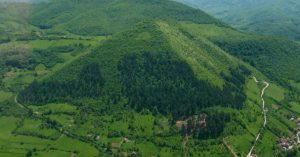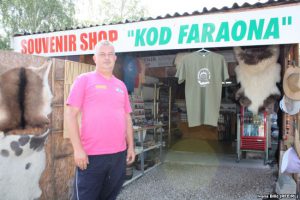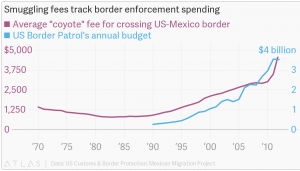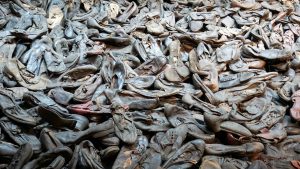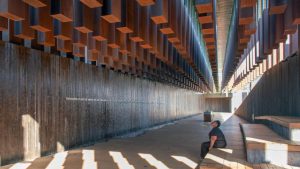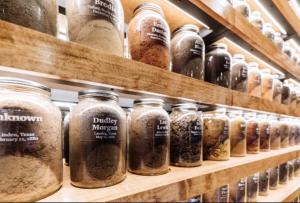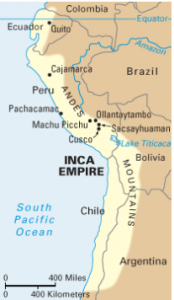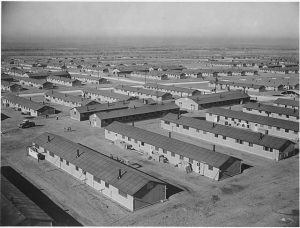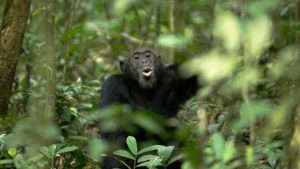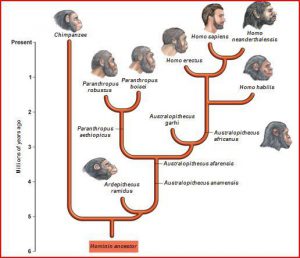Homeless people exist in most urban areas; according to the United States Interagency Council on Homelessness, the state of California alone has roughly 134,000 homeless people in it––more than some countries (United States Interagency Council on Homelessness 2017). We don’t really like to think too much about them––we may give them a bit of our sympathy or maybe just look the other way––but they do exist, and they are indeed human, just like us.
Larry Zimmerman studies artifacts from common homeless resting places in order to get people to understand the homeless in cities. By investigating these sites, Zimmerman, assisted by a student, Jessica Welch, who was homeless for a period of time, determined that the modern day homeless is likened to an “urban nomad,” as they are extraordinarily adaptable (Zimmerman 2016). Many homeless people “panhandle” for money, their locations being spread out and diverse within the city. Welch explained this situation:

This image depicts a camp site scattered with essentials and valuables, which are frequently discarded as trash by city officials.
“You develop coping mechanisms––a fight or flight response–– when you are homeless that are probably not appropriate in mainstream culture. You get increasingly defensive and desperate. This is just one of the many things that make it difficult for homeless people to re-enter normal society. We have to understand that a goal of creating more affordable housing units is not enough; we need a complete social safety net, including better treatment and counseling options, and plenty of compassion and understanding on the part of the community” (Indiana University–Purdue University Indianapolis 2008).
While more affordable housing units is an excellent start to decreasing the rate of homelessness in cities, we need to actually understand the people we actively shun. While investigating the sites, Zimmerman and Welch discovered an abnormally large amount of hotel shampoo and conditioner, which was left unused. Why would people without a reliable access to water have a need for stolen hotel shampoo and conditioner? We also give them cans of food, but no can openers. This just shows an ignorance about homelessness; we give the homeless what we think they need, but not what they actually want or need. Some picture homeless people as uneducated, when in reality, many of them can and love to read. They also own many priceless objects, such as pictures of their family, or medications; these are frequently thrown out by city officials. Some consider themselves “home free,” as they are liberated from the confines of mortgages and rules.
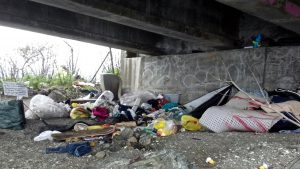
Though we think of them as “homeless” many actually consider themselves “home free,” as they are free of the constraints that come with a house.
Perhaps this archaeology of homelessness could educate us about what the homeless are really like and what they really need. Charities and shelters could help them more than ever before; they now know not to waste money on cosmetic supplies and can now focus their efforts on essentials. It is best to stop treating these homeless people like lepers––they are not invisible and they do not plague and pollute the streets of cities. A homeless person is just like you or me: a person––a human being that is worth understanding.
References:
Albertson, Nicole.
November 2009 Archaeology of the Homeless. Archaeology Volume 62 Number 6.
Zimmerman, Larry J., Singleton, Courtney, and Welch, Jessica.
August 2010 Activism and creating a translational archaeology of homelessness. World Archaeology Volume 42, 443-454.
Indiana University–Purdue University Indianapolis.
November 2008 Archaeology of Homelessness
https://www.sciencedaily.com/releases/2008/11/081124130956.htm accessed December
1, 2018.
United States Interagency Council on Homelessness.
2017 Homelessness Statistics by State https://www.usich.gov/tools-for-action/map/#fn[]=1500&fn[]=2900&fn[]=6100&fn[]=10100&fn[]=14100&all_types=true&year=2017&state=CA accessed December 2, 2018.
Additional Readings:
Politics of Homelessness in the United States
U.K.’s Homelessness Problem Is Growing, and Spreading, Report Finds
State of Homelessness

